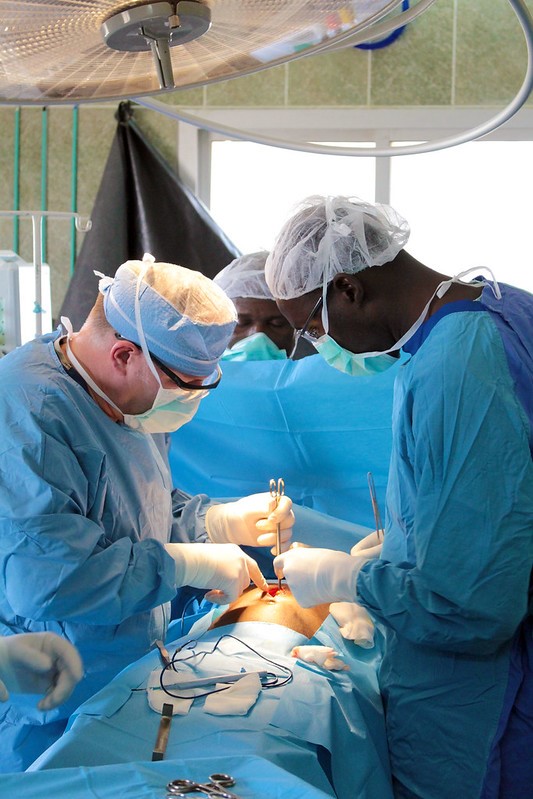
A study conducted at four hospitals in Kenya found that antibiotic use, invasive devices, and several days of hospitalization were significantly associated with carriage of multidrug-resistant bacteria, researchers reported yesterday in Clinical Infectious Diseases.
For the study, a team of US and Kenyan researchers collected and analyzed stool samples from randomized patients at one urban and three rural hospitals in Kenya from January 2019 to March 2020. Their aim was to evaluate the potential risk factors for colonization with extended-spectrum cephalosporin-resistant Enterobacterales (ESCrE) and carbapenem-resistant Enterobacterales (CRE), which commonly precedes infection for many patients.
"These bacteria can cause untreatable infections," lead author Sylvia Omulo, PhD, MPH, of Washington State University, said in a university press release. "We have to use surveillance to make sure we understand what causes these bacteria to colonize and, later, resist certain antibiotics."
Analysis of 840 stool samples revealed that 66% and 11% of patients harbored an ESCrE and/or CRE isolate, respectively. Seventy-six percent of patients had received one or more antibiotic in the 14 days preceding their enrollment, primarily ceftriaxone (46%) and metronidazole (28%).
The risk factors for colonization identified in this study—limiting the use of invasive devices, judicious use of antibiotics, and reducing the transmission risk—are similar to those associated with nosocomial infections.
In the logistic regression models that controlled for ceftriaxone use as a potential risk factor, ESCrE colonization odds were higher among patients hospitalized for 3 or more days (odds ratio [OR], 2.32; 95% confidence interval [CI], 1.60 to 3.37), intubated patients (OR, 1.73; 95% CI, 1.03 to 2.91), and people with HIV (OR, 1.70; 95% CI, 1.03 to 2.8). CRE colonization odds were higher among patients receiving ceftriaxone (OR, 2.23; 95% CI, 1.14 to 4.38) and for every additional day of antibiotic use (OR, 1.08; 95% CI, 1.03 to 1.13).
"In conclusion, the risk factors for colonization identified in this study—limiting the use of invasive devices, judicious use of antibiotics, and reducing the transmission risk—are similar to those associated with nosocomial infections," the study authors wrote. "This emphasizes not only the importance of infection prevention and control activities but also the utility of colonization data—rather than data on nosocomial infections—in evaluating the effectiveness of hospital interventions."

















